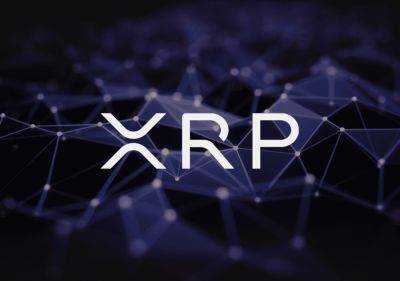Bitcoin Miner Profitability Has Plummeted Since The Halving
Bitcoin mining has become as cost-intensive as ever since the halving, with the asset’s “hashprice” at its lowest levels ever over the past two months, according to Hashrate Index data.
Hashrate Index data shows the hashprice was $92.20 per petahash/second (PH/s), per day as of April 19 – the day of the Bitcoin halving. Within a week, that figure had dropped to $57.53, and further to an all-time low of $44.76 by May 1.
The hashprice metric, measured as USD/PH/Day, calculates how much money miners earn each day per unit of energized hashrate that they have.
‘Hashrate’ is the rate at which miners produce hashes, which are the numerical guess answers to solving the math problems required to mine a Bitcoin block. A hashrate of one petahash per second (1 PH/s) would equal one quadrillion hashes per second.
Bitcoin Mining profitability is <5% away from all time low.
Can you guys please start inscribing, shitcoining, sniping….. literally anything. pic.twitter.com/gLstelZqGW
— cbspears ◉ (@cbspears) June 26, 2024
Hashprice is primarily affected by the Bitcoin block reward size, the price of Bitcoin, and the total hashrate of the Bitcoin network. The April 19 halving cut the fixed Bitcoin block reward size from 6.25 BTC to 3.125 BTC, naturally pushing hashprice down.
Meanwhile, Bitcoin’s price has plummeted throughout June, falling 11% amid sell pressure from the United States and German governments and fears of an incoming tidal wave of sales from Mt. Gox bankruptcy claimants next month.
As of June 27, Bitcoin’s hashprice is $47.80/PH/DAY.
With miners working harder to earn less and less money, on-chain signs say the industry is reeling back its less profitable mining efforts. Since the halving, Bitcoin’s total hash rate has tanked from





















